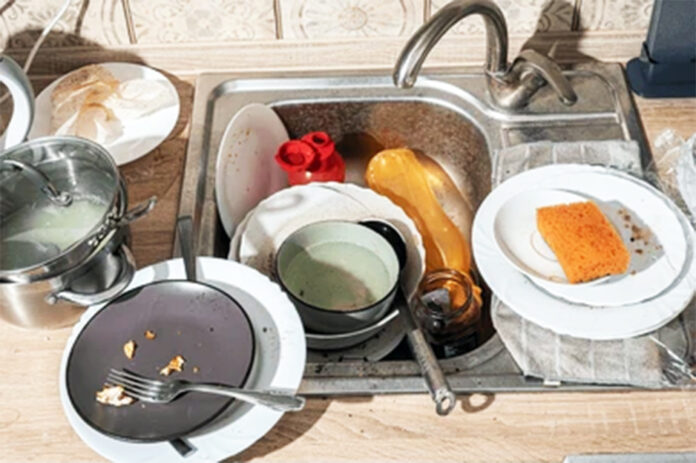We don’t want to think about it, but we know it’s true: Our homes are filled with germs, bacteria, and viruses. But do you know just where the biggest germ hotspots are in your house? Research has found that they’re not always the places we expect.
In a small study, researchers checked the houses of volunteers and discovered that coliform bacteria — the family of bacteria that includes E. coli and Salmonella — was found on more than 75% of dish sponges and more than 45% of kitchen sinks. The bathroom fared a little better, with these bacteria on 27% of toothbrush holders and 9% of sink faucets.
Here’s a rundown of many of the places you’re most likely to find germs in the home.
Kitchen
The water, wet surfaces, and raw food make the kitchen a breeding grounds for bacteria. These items and surfaces in the kitchen are likely to harbor germs and need regular cleaning:
- Sink
- Appliance handles and knobs
- Sponges, dishcloths, and towels
- Countertops and light switches
- Cutting boards
- Kitchen doorknob
- Coffee reservoir
- Dishwasher
- Refrigerator door seal
- Spice jars
Bathroom
Because the bathroom is more likely to stay damp, especially if it lacks proper ventilation, it may host mold and mildew in addition to germs, bacteria, and viruses. It’s important to clean and disinfect these items in the bathroom regularly:
- Washbasin
- Toothbrush and holder
- Toilet bowl, lid, and handle
- Shower curtain
- Bathtub
- Toilet floor
- Bathroom faucet
- Bathroom light switch
- Towels and washcloths
Living Room
It’s the most shared space in the house, making it a prime germ-spreading zone. Areas and Items in the living room that are likely to be germ-laden include:
- Remote controls and electronic devices like phones, tablets, computers, and video game controllers
- Throw pillows
- Carpets and rugs
Laundry Room
Because we pile and clean our dirty clothing items here, the laundry room is another hot spot for germs. Items that especially host germs in the laundry room include:
- Dirty laundry
- Washer and dryer handles and control panels
- Light switches and door handles
- Laundry basket
Pet Areas
The places where your pets are most often in the house can carry germs that can make you sick. Clean these areas and items as often as you clean the rest of the house and your belongings. Throw away any items you can’t clean. Items to clean include:
- Beds
- Toys
- Water and food bowls
- Poop scoops and litterboxes
Tips for Cleaning — and Disinfecting – Your Home
Before cleaning, check cleaning product labels before using them, and only use products appropriate for each surface.
Hard surfaces
- Clean other surfaces in your home when you can see that they’re dirty. If someone in your home is more likely to get sick, such as a child, an older adult, or a person with a weakened immune system, clean them more often.
- Clean high-touch surfaces like light switches, doorknobs, and countertops regularly and after you have visitors.
- Use household cleaners with soap or detergent to remove germs. You can also sanitize to reduce leftover germs and disinfect to kill remaining germs after cleaning if you have sick people in your home.
- cleaning and disinfecting electronic items like phones, tablets, and remote controls.
Soft surfaces
- Vacuum carpets and rugs regularly and safely dispose of dirt.
- Clean your house’s drapes, rugs, carpets, and other soft surfaces according to the manufacturer’s instructions. Use the warmest water setting when cleaning. Dry completely before reusing.
- Launder clothing and towels with detergent and water temperature as recommended by the manufacturer. Dry immediately and thoroughly.
- Clean laundry baskets with soap or detergent.
Once you’re finished with cleaning, wash your hands.
Source: webmd.com










